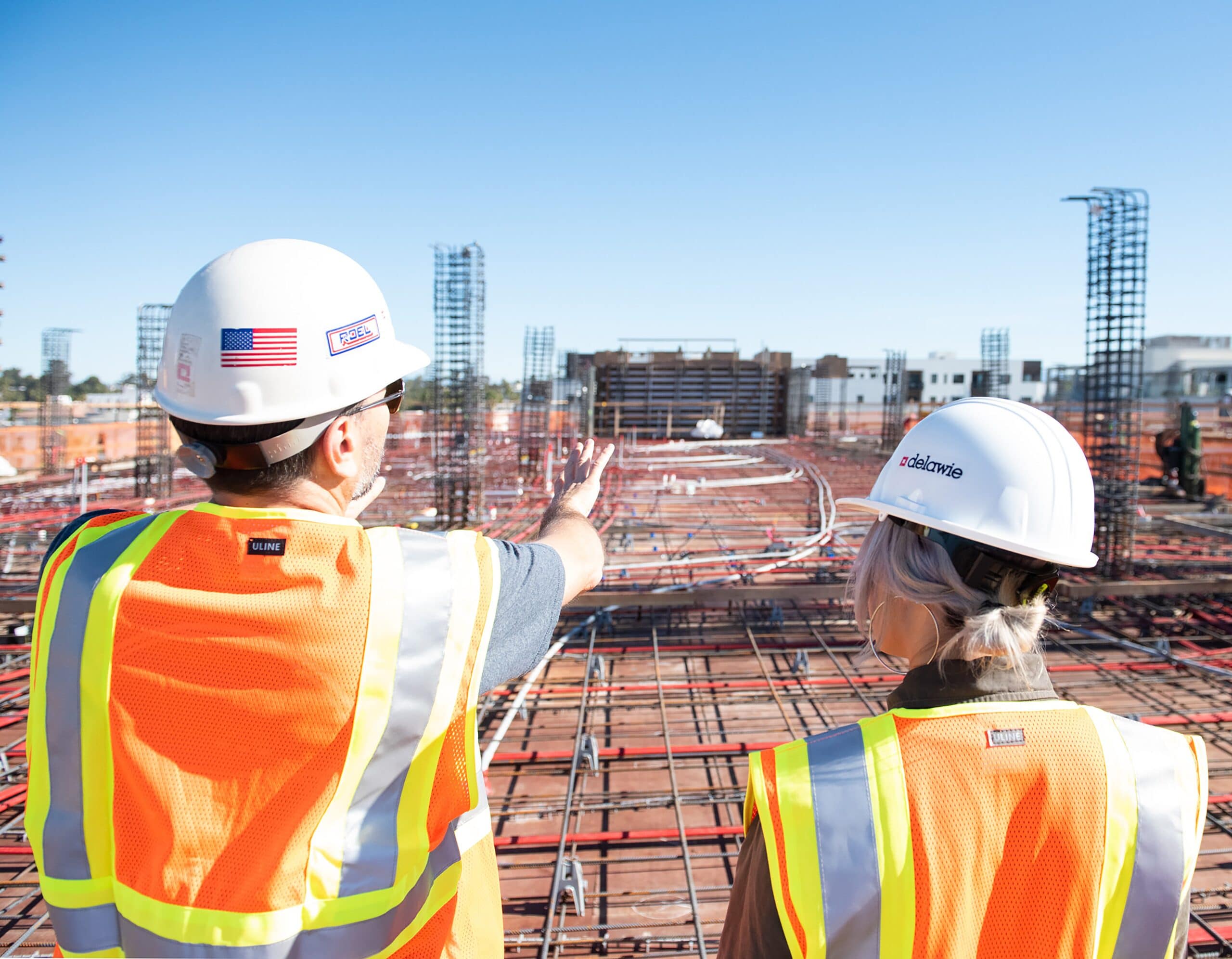October 26, 2021
At S&ME, we are always looking for new ways to talk about safety and quality. We are excited to hear from Todd Gillman with Innovative Building Materials who shares eight important safety reminders when working on commercial construction projects. In our industry, safety on the jobsite is always the number one priority. Thank you, Todd, for helping to reinforce some of the simplest, yet most important factors to consider when working on site.
There is no secret that working in the construction industry can be dangerous. However, this occupation is crucial to our society, and safe and healthy workers are essential to keep job sites running smoothly. Below, we’ve listed several safety reminders to keep in mind, whether you’re working on the job site, or managing others. Not only are these reminders important for workers’ safety, but also contribute to the sustainability of the job, keeping your workers healthy and happy for a long time.
1. Passive Fire Protection System
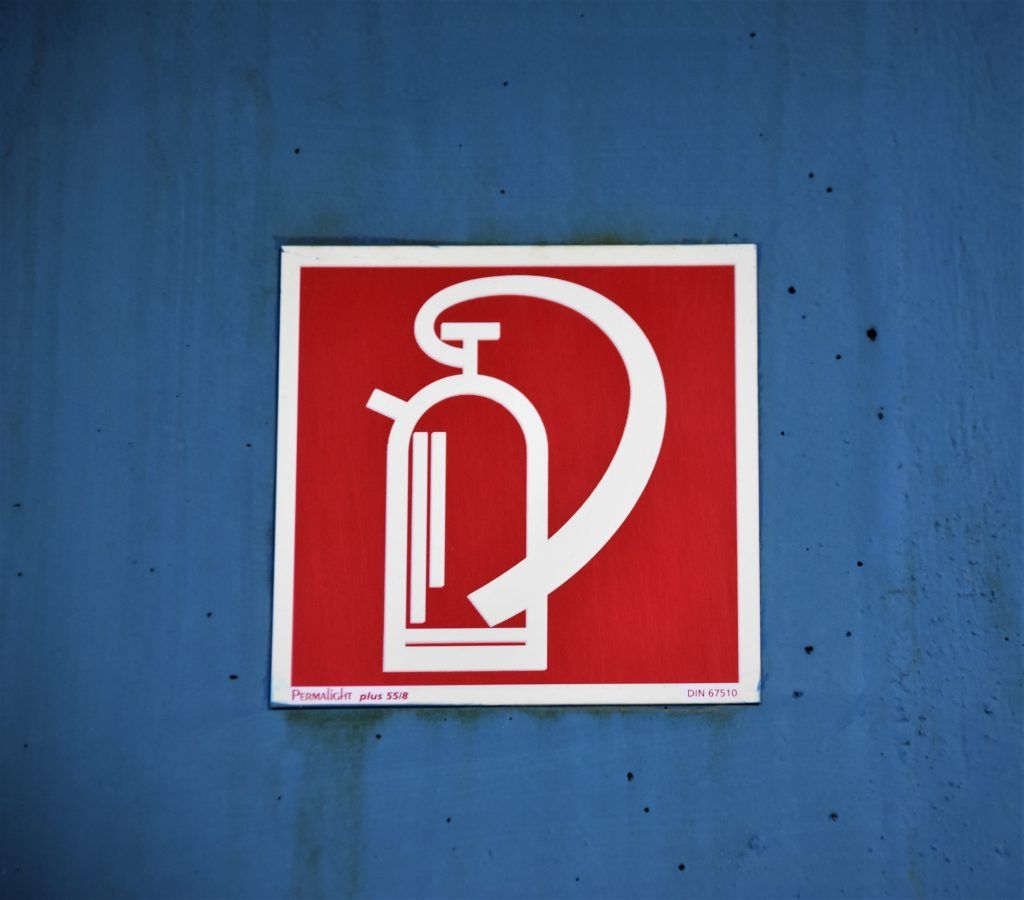
Various building construction types feature elements with different levels of fire resistance. While passive fire protection is always a good idea, it is especially important on construction sites in which structural building elements are combustible.
Adding passive fire protection systems to the building under construction will also protect the construction site and its workers in the event of a fire. Examples of passive fire protection systems include strengthening elements that help a building’s structure withstand fire damage and choosing more fire-resistant materials when possible.
2. Wear Proper Clothing
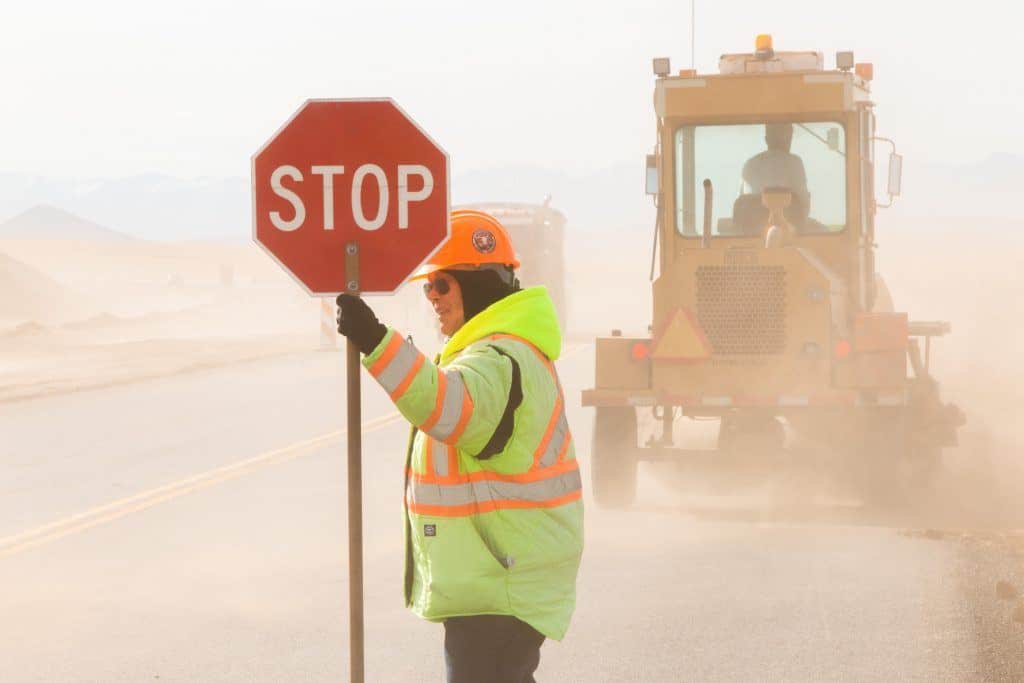
Wearing the proper clothing is possibly the simplest step to keep yourself safe when working on commercial construction projects. It is important to ensure that your clothing is protecting you and allowing you to safely do your job, rather than acting as a hindrance.
For example, if you will be using power tools such as saws, avoid wearing long sleeves, gloves, or other articles of clothing that could get caught in the blade. Choose long pants made of durable material to protect your skin underneath. Lastly, it is almost always a good idea to wear a neon vest so that you can easily be seen from long distances or in busy work areas.
3. Wear Personal Protective Equipment
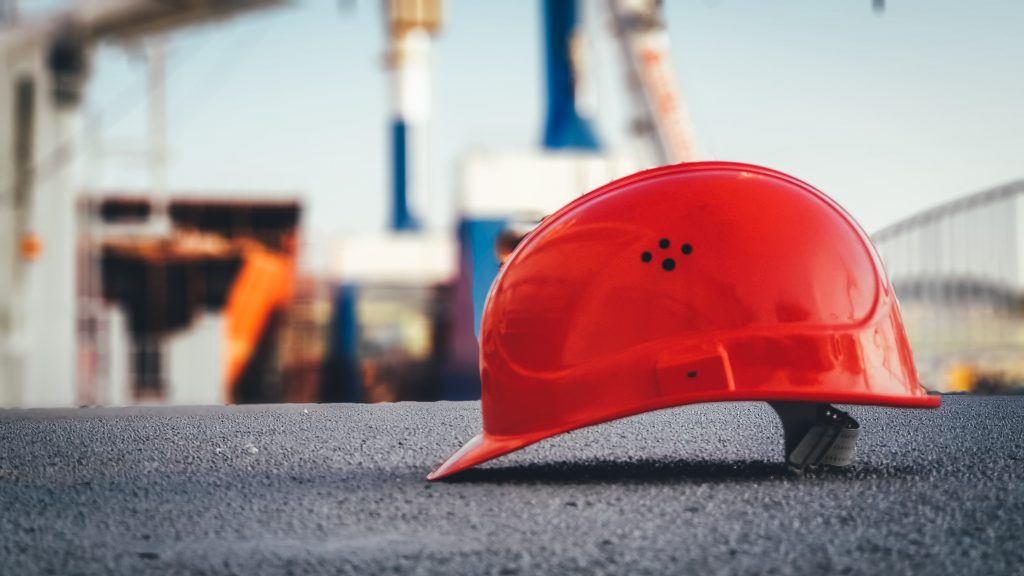
In addition to the proper clothing, personal protective equipment is essential to protecting your body while working on a commercial construction project. Examples of personal protective equipment include hard hats and steel-toe boots, which are often required on job sites for commercial construction projects.
Additionally, wearing masks when working with potentially harmful substances will protect your lungs. Wearing goggles when doing work such as cutting lumber will protect your eyes from debris that could go flying.
4. Use Quality and Tested Materials
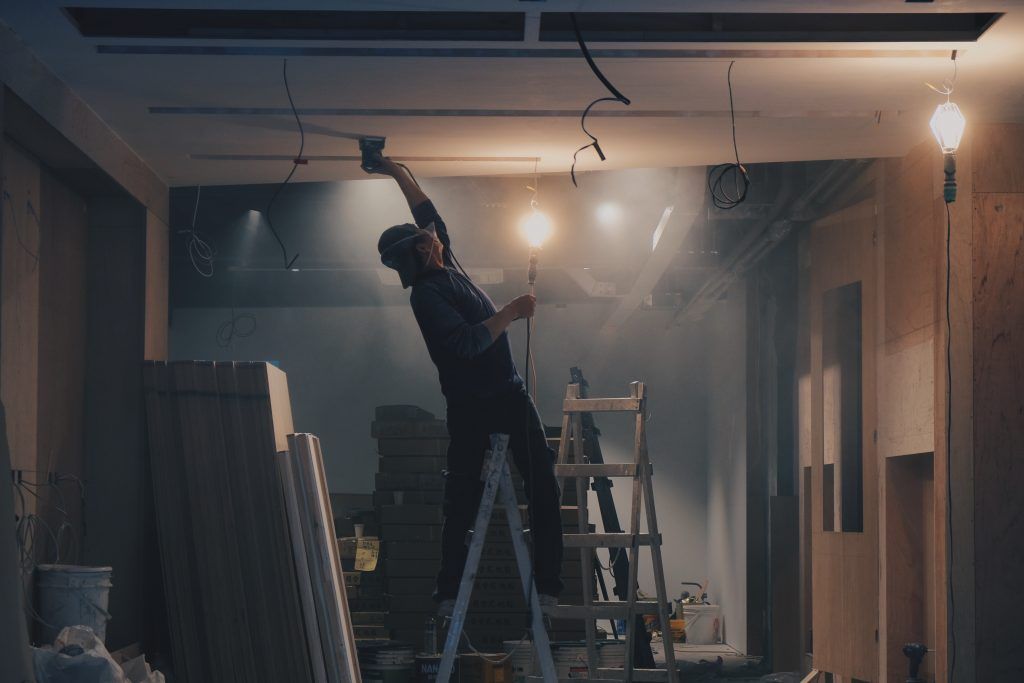
When it comes to selecting building materials, it can be tempting to select more affordable options, or even choose the first available option that doesn’t have a delay in light of supply shortages. Using quality and tested materials will ensure that harmful substances aren’t polluting the air in the workspace.
5. Don’t Crowd the Work Area

Crowded work areas are an easily avoidable source of many injuries in the construction industry. On large jobs with many workers and contractors, it is common for the job site to become crowded. This can also be compounded by delays, as well as large machinery in operation drawing an audience.
Project managers should be wary of crowds and actively work to disperse them, especially when machinery is being operated nearby. This is a simple step that can be taken to prevent major injuries on commercial construction projects.
6. Keep a Clean Workspace
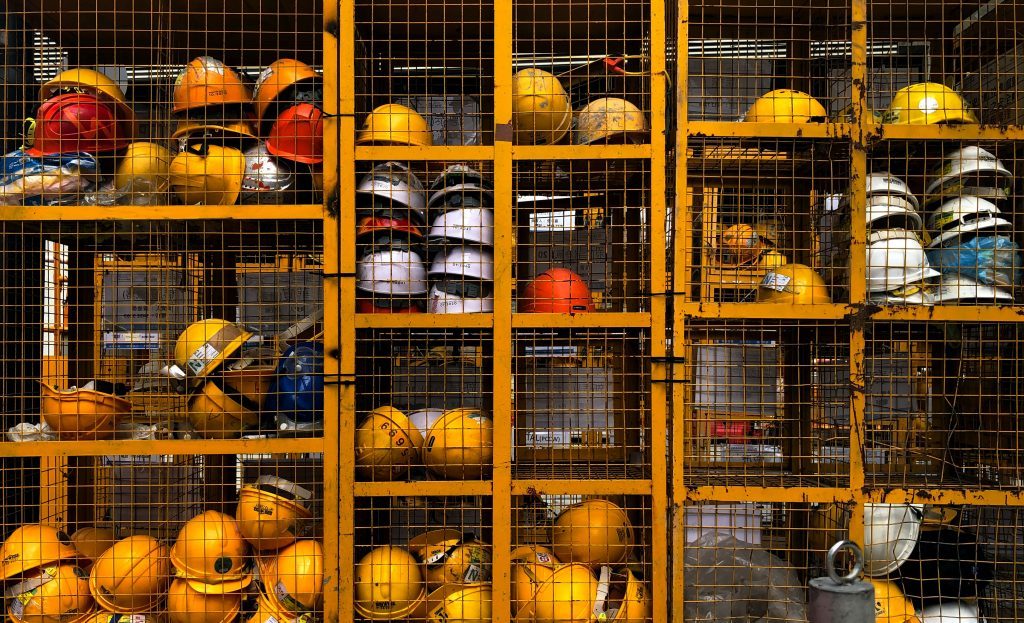
Commercial construction projects are home to a lot of different materials, substances, and even chemicals. Although clean workspaces on construction sites aren’t the norm, cleaning up after yourself is a smart precaution to take. For example, a spill happens, especially when it is a potentially hazardous substance, be sure to clean it up.
Clutter is also a hazard. It can block lanes of traffic, make it difficult to work, and decrease the visibility of workers, especially on large job sites. Not to mention, a cluttered workspace hinders productivity, as workers may have to pause their work to move items that are in their way. Be sure to clear trash and other large items before they begin to pile up.
7. Take Your Time
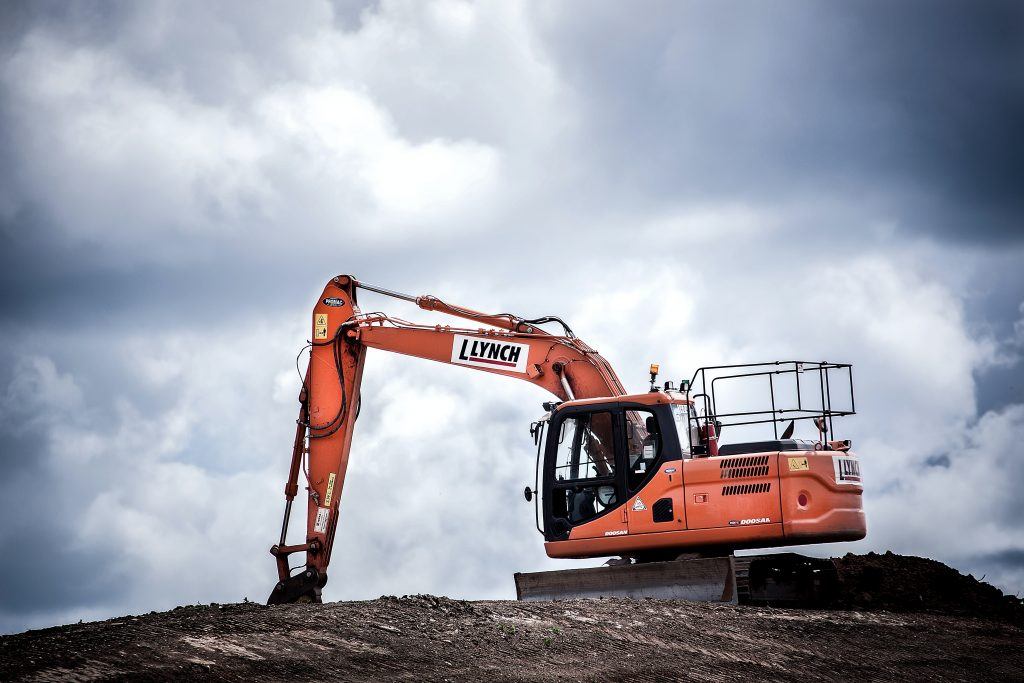
Even when supply shortages cause delays, it is not worth risking workers’ safety to rush a job. Avoid cutting corners to speed up progress, as this can lead to a lack of attention that will cause avoidable injuries.
For example, when operating machinery, take a moment to become aware of your surroundings, and clear the area of other workers if needed. This extra step could make a world of difference in keeping other workers safe.
If you are a project manager, it is a good idea to remind your workers to take their time and pay attention, rather than encouraging them to rush due to delays. Injuries will only set the job back even more – rushing through the work is not worth the risk.
8. Take Time For Training

In a world of labor shortages and high job turnover rates, many managers and supervisors will want new hires to get to work right away. However, skipping out on important training can put your new workers, and others on the job site, at risk. Be sure to take adequate time for safety training, and start them with smaller tasks to ensure that they are knowledgeable.
 Todd Gillman is the content director for the Innovative Building Materials blog and a content writer for the building materials industry. He is focused on helping fellow homeowners, contractors, and architects discover materials and methods of construction that save money, improve energy efficiency, and increase property value.
Todd Gillman is the content director for the Innovative Building Materials blog and a content writer for the building materials industry. He is focused on helping fellow homeowners, contractors, and architects discover materials and methods of construction that save money, improve energy efficiency, and increase property value.

